Infrastructure
The actual classrooms requirement for Primary and Secondary Education in the State was found to be 15,889. However, only 5,499 were functional, which suggested a deficit of 10,390 classrooms (about 65%) as depicted below. Hence, the State with pupils/students’ population of 673,145 had a classroom to student ratio of 1:123 as against the State adopted benchmark of 1:40. The Committee found a gross shortage in the total number of classrooms for pupils and students in the State.
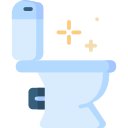
Toilet and Waste Disposal Facilitates
The UBEC standard requires at least 2 (two) Ventilated Improved Pit (VIP) latrines per 40 pupil/students. However, the total number of functional toilets available for students at all levels in the State stood at 1,709 as against the actual requirement of 33,367 for the enrolled population of 673,145. This suggests a deficit of 30,068, representing about 95%. However, the staff were more than adequately provided for. The surplus was deduced to be as a result of the newly constructed or renovated toilets by donor agencies. There were no formal waste collection and disposal facilities in most of the schools. However, the schools adopted multiple waste collection points for open incineration.
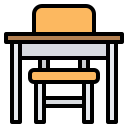
Furniture
Furniture: The actual requirement for classroom furniture (desks and chairs) for students of the Basic and Secondary Schools is 336,573. However, only 34,027 were found to be functional. In addition, the findings
established that 537,038 pupils/students have no access to classroom furniture (desks and chairs) and hence resorted to sitting on the floor during class periods. This translates to about 90% shortage of classroom furniture (desks and chairs) in the Basic and Secondary Schools of the State. The situation was similar in the case of staff furniture, where only 1,698 teacher’s desks and chairs were available against the actual requirement of 16,829. In view of this, a deficit of 15,131, representing about 90% was found.

Staff Housing
Out of the actual requirement of 7,170 staff quarters for Basic and Secondary Schools, only 702 were available, indicating a deficit of 6,468, which represents about 90%.

Technical Workshops
There was no evidence indicating the availability of Workshops in the schools. However, these schools require the provision of Workshops to facilitate the teaching and learning of technical subjects. In the interim a modest minimum of 192 Technical workshops are required to cover all the 192 Secondary Schools.
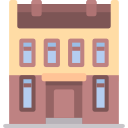
Administrative Buildings
The report indicated that Administrative buildings in Basic and Secondary Schools were generally inadequate standing at only about 50% availability.
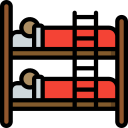
Dormitory Buildings
Out, of the 1,218 required dormitories, only 128 were available, representing a deficit of 1,090, which is about 89%.

Library Buildings
Libraries and Reading Rooms were grossly inadequate. There was a total absence in lower classes and about 57% at secondary stage. On the whole, only 83 libraries were identified, all of which were found in the 192 Secondary Schools. Consequently, 109 Secondary level libraries and 1,089 number of Reading Rooms were required at the primary level.

Dining Halls
There were no functional Dining Halls, Kitchen and Stores. It was discovered that most of the schools use unhealthy and unhygienic environments as Kitchens. In the interim a minimum of 192 dining halls of suitable sizes are required. These Dining Halls can also be designed and built to double as multipurpose function halls.

Utility Vehicles
Only few schools have functional utility vehicle. It is estimated that each Secondary School should have a minimum of 2 utility vehicles made up of one water tanker and one 40-sitter bus, bringing the total number to 384 utility vehicles.
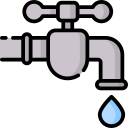
Utility Services
Most of the schools have little or no access to utility service facilities. It is recommended that all the 192 Secondary Schools need to have adequate and sustainable facilities for water supply, electricity, and telecommunications.

Science Laboratories
The Committee identified 72 functional but poorly stocked laboratories. The number is in conflict with requirement for the 192 Secondary Schools, based on the standard of one laboratory per subject per school at the secondary level.
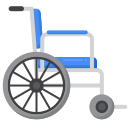
Facilities for persons with Special Needs
There was no evidence anywhere in the State that suggested provision of facilities for the persons with special needs. This was evident even in the schools that were designated for them.

Books and Teaching Aids
Due to the paucity of books and teaching aids, the report considered only Mathematics and English Language textbooks and thus the analyses were limited to their availability. The total number of English and Mathematics textbooks was found to be 176,266 out of which each student is entitled to one text book per subject, making the total number of students having access to text book to be 88,133. This indicates that out of the total students’ population of 673,145 enrolled in Yobe State, 583,012 of them do not have access to textbooks, representing 87%.
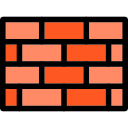
Security
Except for the human security personnel, the first and only security facility considered was the perimeter fencing. Data indicates that, out of 1,281 schools in the state, only 141 schools have functional perimeter fencing, representing less than 11%. 1,140 schools (about 90%) have no, or, dilapidated perimeter fencing.

